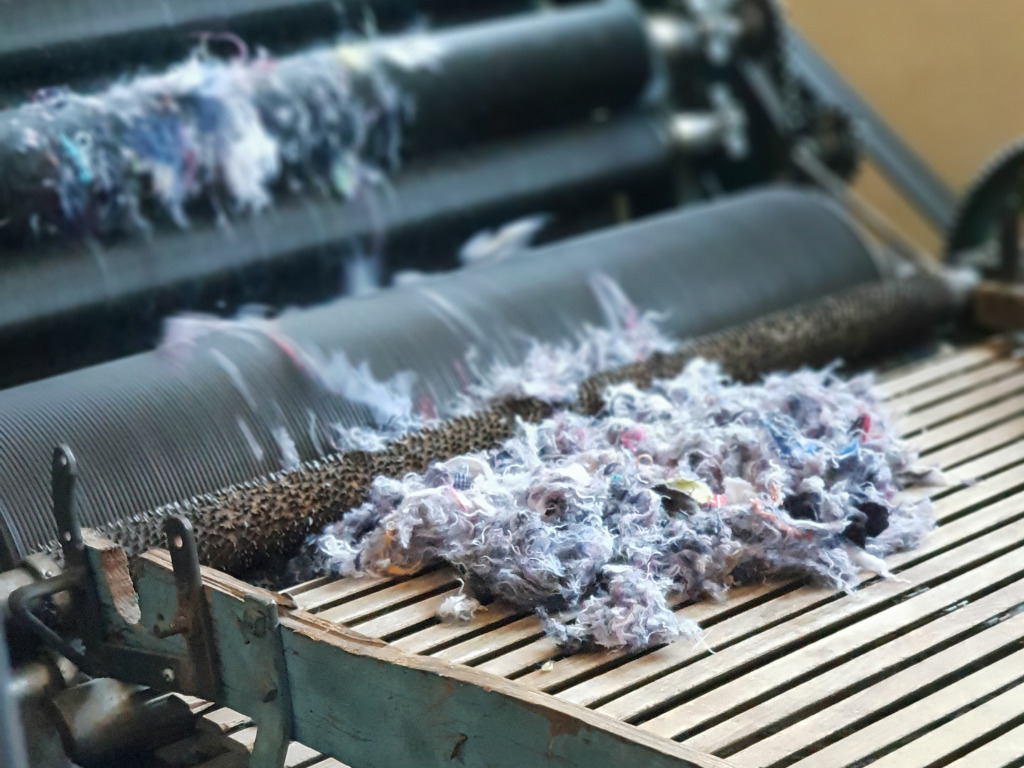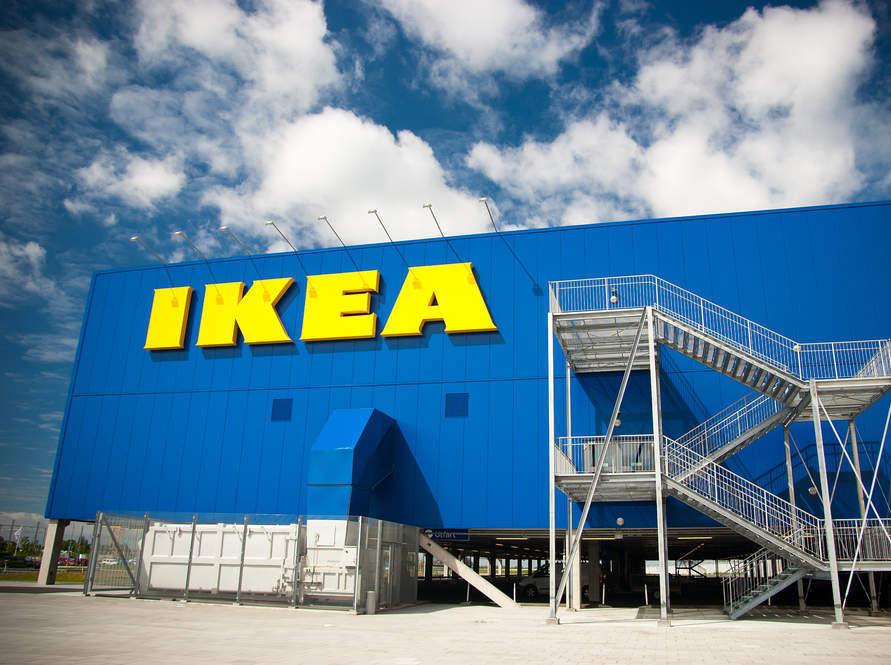3 Mins Read
Swedish home furnishings big box chain IKEA and fashion industry giant H&M have teamed up to explore the potential and challenges in using recycled textiles to meet their 2030 sustainability targets. The companies collaborated on a new databank to help improve efforts.
The companies first teamed up in 2019 with a study looking at the chemical content in recycled textiles and begin to strategically increase knowledge in order to shift the industry to more sustainable practices. That research project was also joined by Adidas, GAP, and PCH Corp., among others.
“With industry collaboration, we can overcome common challenges on our way to transform to a circular business, Mirjam Luc, Project leader for Recycled Textiles at IKEA of Sweden, said in a statement.

“This study has enabled us to share data through a digital platform, creating transparency and knowledge sharing, as well as creating facts to support us in taking our next steps on our journey to only use recycled and renewable materials,” Luc said.
Future-proofing
The research looked at post-consumer materials including cotton, wool, and polyester. The samples were ranked across more than 70,000 data points, with 2.5 percent showing “undesirable detections” of chemicals.
According to the findings, nearly all wool samples showed at least one of the AFIRM restricted substances (Apparel and Footwear International Restricted Substances List Management).
“To achieve fully circular and future proof products, legacy chemicals must be avoided from the start,” said Linn Farhadi, Project Manager for Recycled Textiles at H&M Group. “Only through industry collaboration and a transparent, harmonized hazard assessment methodology for all chemicals and materials can we be proactive and secure safe and sustainable products for a toxic-free textile future.”
Now, the companies say they are using the findings to support policy initiatives that would allow for recycling of textiles deemed most likely to be safe. The brands are also working to ensure brands have access to methodology and tools to restrict dangerous chemical-containing textiles.
“It’s great to see companies working together to gain increased knowledge about the chemical content of recycled textiles,” said Theresa Kjell, Senior Policy Advisor at ChemSec. “We hope that studies like these will result in cleaner material flows and also motivate legislators to speed up the work with phasing out hazardous substances in products.”

Both IKEA and H&M Group have been hard at work to reduce their emissions and increase sustainability initiatives. IKEA has set a 2030 deadline to ensure 100 percent of its products are 100 percent circular by only using renewable or recycled materials. It has also embraced the shift away from meat in its cafes and markets, with the goal of making 50 percent of its menus plant-based by 2025.
H&M continues to offer collections featuring sustainable materials. Last month the retailer was named the Global Compact LEAD as part of the United Nations Global Compact and its Ten Principles for responsible business.
Lead image courtest Shutterstock




